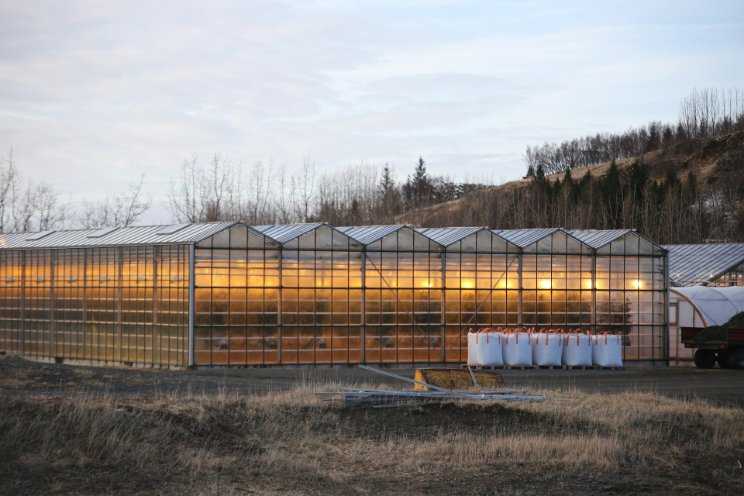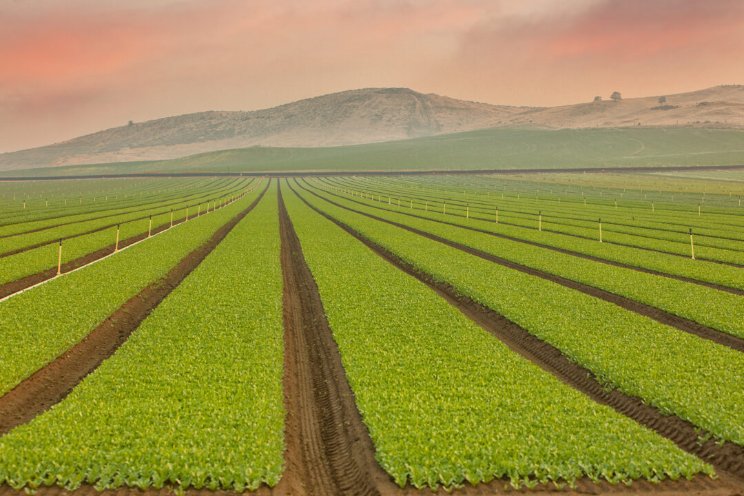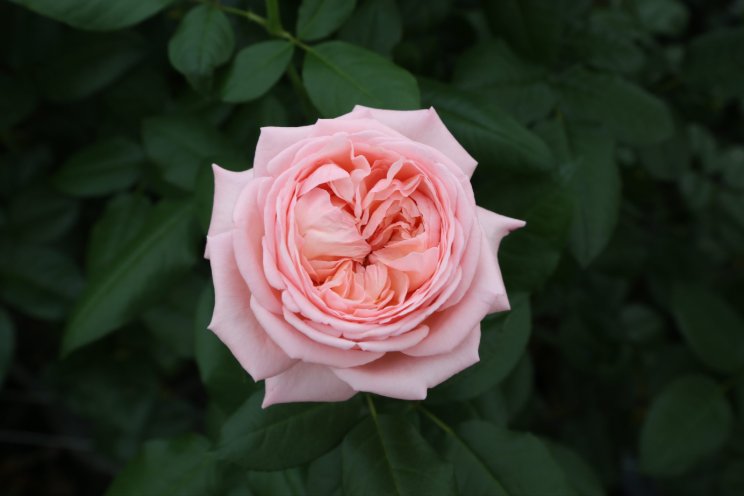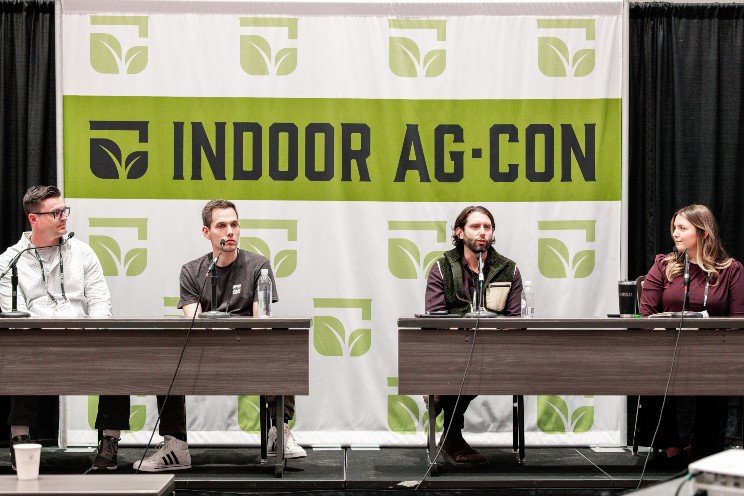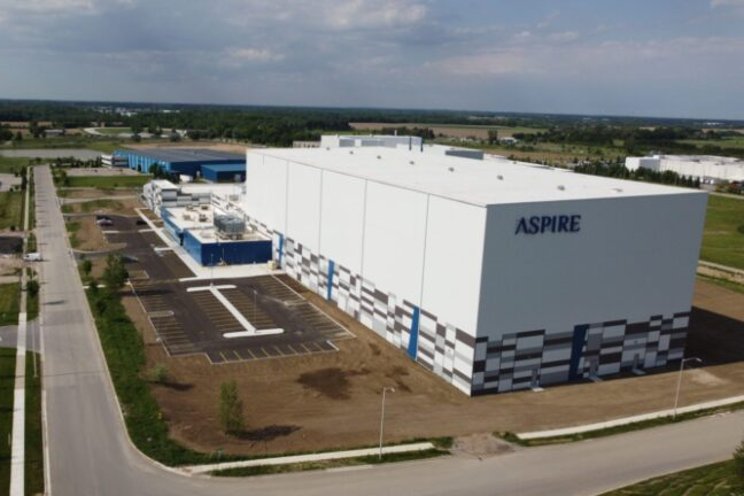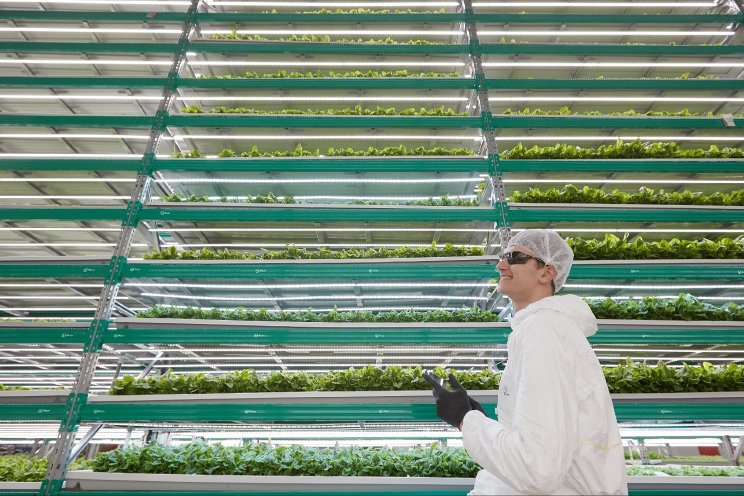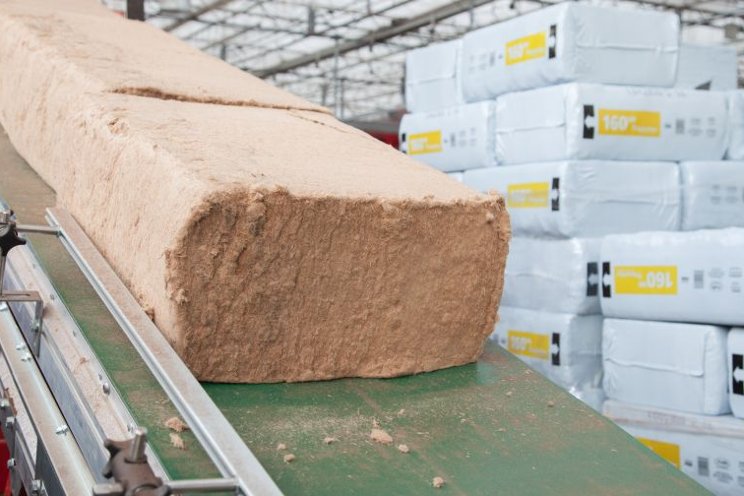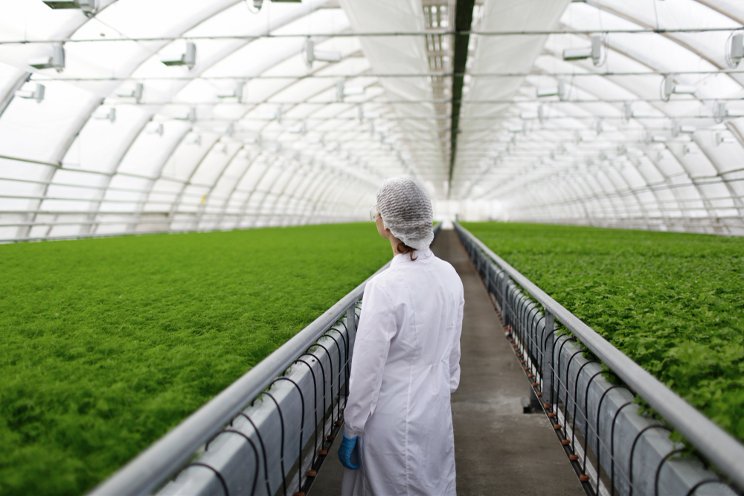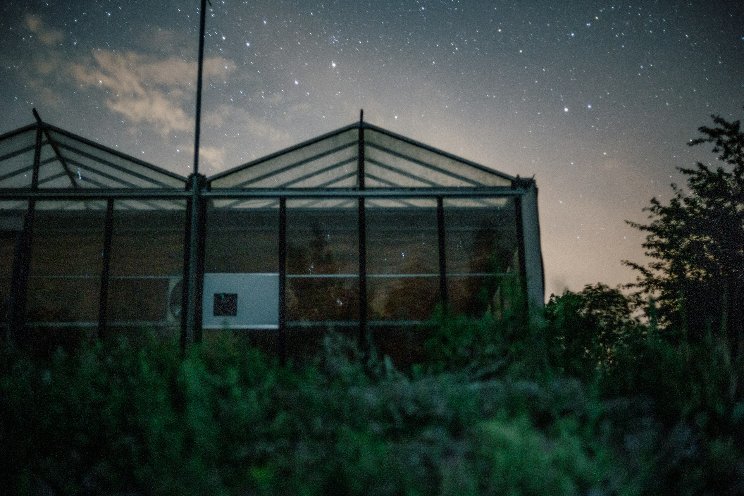'Hybrid grow light to deliver an additional 12 kg of production'
Added on 04 October 2021

Hortilux designed a light plan to go with the specific business situation. The new installation, comprising a combination of LED and HPS fixtures, should result in additional annual production of 12 kg per square metre. The first experiences have been positive.
The area around Stavanger, in Norway's south-east, is an important horticultural region. Mjřlsnes Gartneri AS is one of the area's leading companies: Oyvind Gjedrem's tomato business on the island of Finnřy covers a total of 8,700m2. Last year in particular it underwent a strong growth spurt, with 5,200m2 being added. "There's a huge demand for Norwegian tomatoes," Gjedrem says. "Norwegians place great importance on healthy and flavourful produce from their own country. That's why we wanted to install grow light in some of our greenhouses - 8,700m˛ to be precise - to further optimise our production between February and November."
THE BEST OF BOTH WORLDS
Designing the optimal grow light system did present a certain number of challenges. Gjedrem's business is located on a small island, where the electricity grid's capacity is limited. "It's very difficult to create enough electrical capacity for a standard HPS installation, and also extremely expensive," says Paul van der Valk, Western Europe Area Sales Manager at Hortilux. "So the challenge was how to achieve sufficient light output using the electrical capacity available on the island. Based on the area's natural light supply and the plant's light requirements, we aimed to hang 250 µmol/m2/s."
To achieve the desired light level, Hortilux drew up various scenarios within the restrictions posed by the site and based on the greenhouse construction. A hybrid system - a combination of LED and HPS - was the ultimate choice. "The advantage of LED lighting is that it requires less electricity. On the other hand, HPS requires a lower investment and Gjedrem would be able to make good use of the heat released for cultivation. For this reason, an installation was chosen in which 100 µmol/m2/s is produced by the NXT2 1000W HPS fixtures and 135 µmol/m2/s by the HORTILED Top Vertex fixtures. The latter fixtures have a 400-watt capacity. This means that multiple fixtures, or points of light, are required, resulting in improved light distribution and penetration of light into the crop. In short: with the choice of HPS and LED, we combine the best of both worlds."
INCREASED PRODUCTION
The grow light system was installed at the end of 2020 and has been in use since February. Gjedrem says that grow light use clearly calls for a different approach to cultivation. "We have to constantly monitor the amount of outside light we have, the amount of grow light we use, and the amount of heat that creates in the greenhouse. We try to create an optimal balance between all these things, which is quite a challenge." Hortilux advises on this, and provides support in the form of consultancy.
The grower can already see that the grow lighting is clearly helping him to achieve increased production. "We hope to be able to harvest an extra 12 kg per square metre annually. Based on our initial findings, I'm confident that this will be achieved; we're already at an additional eight kilos per square metre. Thanks to these positive experiences and our good partnership with Hortilux, I'm going to set up LED trials with them too. I hope that this will allow me to make even better use of my light in the future."
WOULD YOU LIKE TO MORE ABOUT HORTILUX GROW LIGHT SYSTEMS?
Contact the Hortilux Area Sales Manager by calling 0174-286628 or sending an email to info@hortilux.com.
Source: Hortilux
More news


